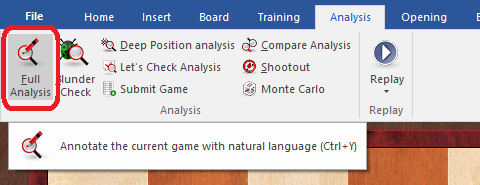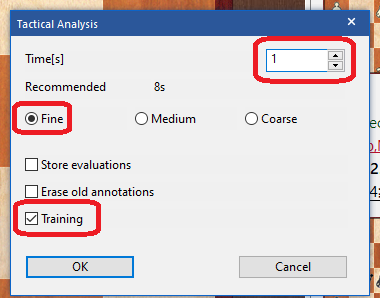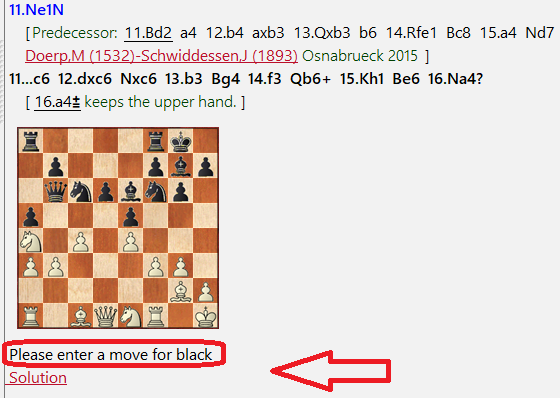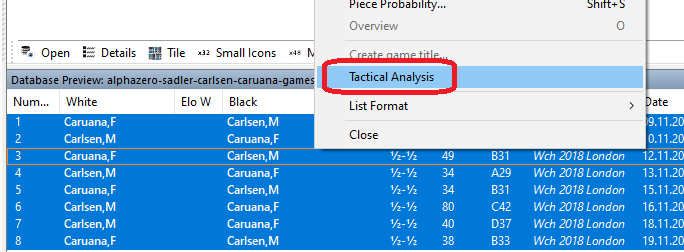


You just played a game, or a series of games, and want to review them. You could easily just run the blunder check function as shown in a previous tutorial, but what if you could be quizzed on key positions in the games, just like solving a set of tactics? Likewise, you can just grab a series of games and let the program do the rest, and then test yourself on the many quiz positions it produces.

Both Fritz and ChessBase share this function, though they both call it by a different name. In Fritz it is called Full Analysis.

Whereas in ChessBase this function is called Tactical Analysis.
Despite this slight incongruency in naming, both functions are identical and will allow you to automatically generate test positions for you to solve.
Both programs make it very simple to apply to a single game. In Fritz, just make sure the game is visible and open, and in Analysis, choose Full Analysis. If you are using ChessBase then open a game, and in Analysis, choose Tactical Analysis.

In both cases a pane will open with a series of options. Set the time per move to one second, Fine, and be sure to check Training. This last is essential.
The first thing to realize is that even with just one second, the engine will produce analysis far beyond anything you can hope to reach, and is more than enough to find all major tactics. Unless you are a Super GM, most of your games will be defined by missed shots from both sides. The second setting, Fine, provides more detailed results, and sometimes more training positions to solve. And finally Training is to produce the positions to solve.

After it finishes its run, you may easily encounter multiple training positions in a single game. Each will be preceded by a diagram and message to tell you what you are looking for. If you find it too hard you can just click on Solution.

In the list of games in a database, you will find the games with such positions tagged with a t.
One convenient feature is the ability to analyze a whole series of games. In Fritz, you will need to enter the Database and open a base you want to select from. Then highlight the games and click on Full Analysis.

In ChessBase, you don't even need to actually open a database. You can click on a base, and in the list preview, highlight the games you want to analyze, and right-click and choose Tactical Analysis.
So the next time you finish a session of some online blitz or bullet, consider running Tactical Analysis on them, and at least looking at the Training positions taken from your games. Not only can it be fun, but it may help isolate problem oversights and help you work on them.